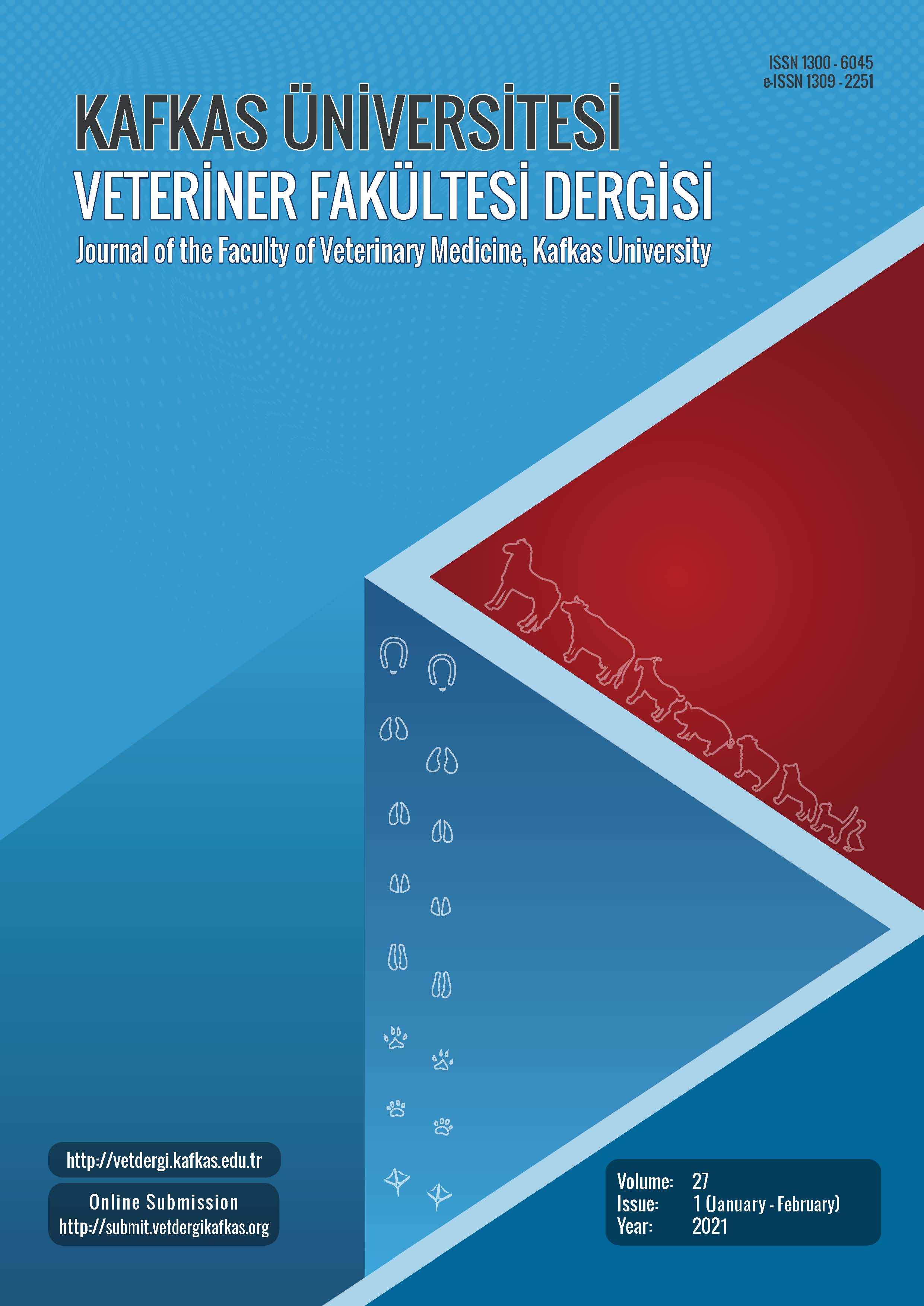
This journal is licensed under a Creative Commons Attribution-NonCommercial 4.0 International License
Kafkas Üniversitesi Veteriner Fakültesi Dergisi
2021 , Vol 27 , Issue 1
Fisheries and Aquaculture in Veterinary Medical Education in Turkey: History and Recent Developments
1Ondokuz Mayıs University, Faculty of Veterinary Medicine, Department of Veterinary History and Deontology, TR-55200 Atakum, Samsun - TURKEY2Tekirdağ Namık Kemal University, Faculty of Veterinary Medicine, Department of Veterinary History and Deontology, TR-59030 Tekirdağ - TURKEY
3Ankara University, Faculty of Veterinary Medicine, Department of Veterinary History and Deontology, TR-06110 Dışkapı, Ankara - TURKEY DOI : 10.9775/kvfd.2020.24755 This study aims to depict the historical background and recent developments of education on fisheries, aquaculture, and aquatic animal diseases in veterinary faculties in Turkey. Data collected by verbal communication with the deanships of veterinary faculties in Turkey and the exploration of their web sites, as well as original documents obtained first-hand from the archives of the Ankara, Ondokuz Mayıs, Bursa Uludağ, Erciyes, Harran, and Aksaray Veterinary Faculties, constituted the main material of this study. Data were assessed by means of the content analysis. In Turkey, while fisheries and aquaculture were first included in the veterinary curriculum in the 1940s as a joint lecture, under the name of Honeybee and Fish Diseases", the first department was established in 1967 within the Ankara University Veterinary Faculty. In the following years, counterpart departments were established within the veterinary faculties in Elazığ and İstanbul. However, after the reorganisation of higher education in 1981, it was decided to close down those departments. The significant advances of the aquaculture sector by the end of the 20th century, requiring the employment of veterinarians in this sector, and the inclusion of this field in the acquis of the European Union led to relevant lectures being reincluded in the curricula of veterinary faculties in Turkey and relevant departments being established within these faculties. It has been determined that, today, while 5 veterinary faculties continue with related education and training activities and academic research under the tutelage of departments of fisheries, aquaculture, and aquatic animal diseases, 21 veterinary faculties with no counterpart departments have included lectures on fisheries, aquaculture, and aquatic animal diseases in their curricula. It is considered that in order to improve the aquatic animal health status and to meet the increasing demand for veterinary human resources of the sector in Turkey, education and research opportunities off ered by veterinary educational institutions need to be increased, and the authorities and responsibilities of the diff erent occupational stakeholder groups involved in fisheries and aquaculture should be clearly demarcated in the legislation. Keywords : Aquaculture, aquatic animal health, Turkey, veterinary education, veterinary history










